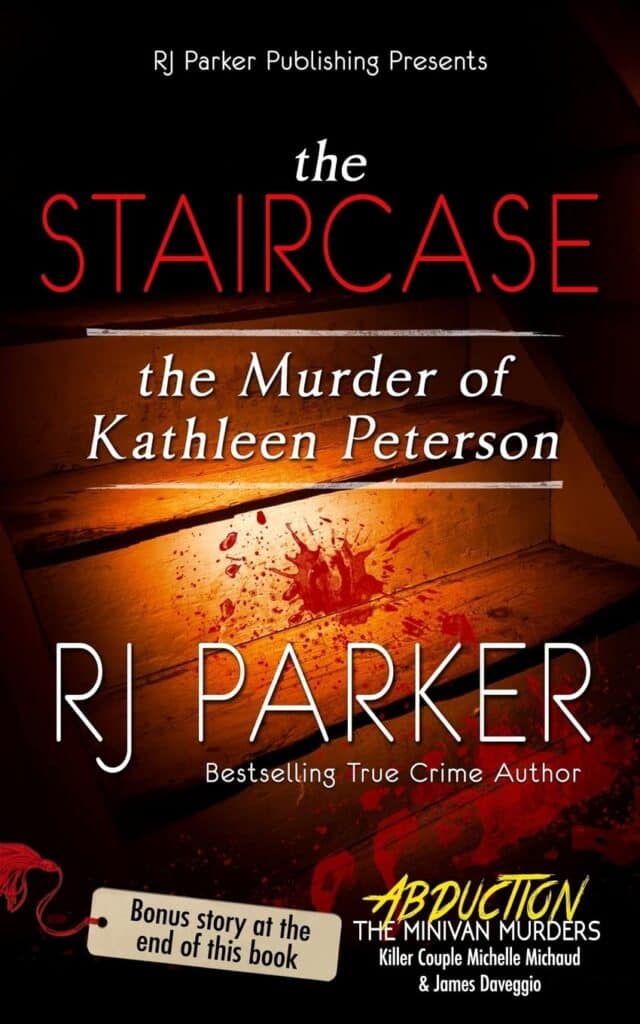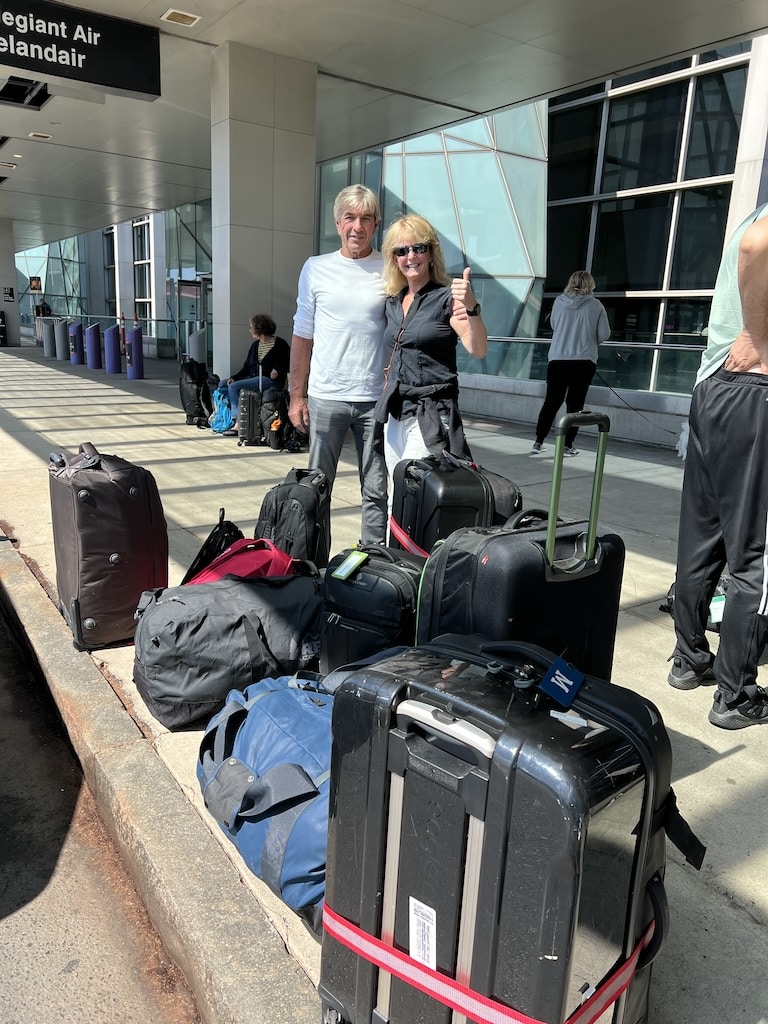True Crime and VWD: The Staircase Saga
Crime stories—whether fiction or nonfiction—have always fascinated but seem even more popular than ever. Murder mysteries and whodunnits. Organized crime or the kid next door. True crime—often about murder—ironically has new life recently, with smash-hits on Netflix like Lover Stalker Killer, The Menendez Brothers and Dahmer.
Our amazing archivist from North Carolina, Richard Atwood, researcher and reader extraordinaire, has a particularly interesting true crime story—the Staircase saga.

He writes: “This true crime event has maintained a bizarre fascination over two decades of debate. On the night of December 9, 2001, author Michael Peterson found his wife, Kathleen, dead at the bottom of a back staircase in their Durham, North Carolina home, surrounded by blood spatter. The police suspected murder and arrested Michael, who was the last person to see Kathleen alive. During the 2003 nationally televised trial, the prosecution introduced evidence that, sixteen years earlier, Michael was the last person to see a certain Elizabeth Ratliff alive before she was found dead—surrounded by blood spatter—at the bottom of a staircase in Germany. It was revealed that Elizabeth Ratliff had von Willebrand disease, a condition that complicated the determination of her official cause of death. There were too many coincidences between the two deaths involving staircases.
“This Staircase saga has personal connections. The murder and trial were a big deal here in North Carolina, as well as nationally. My son and his family live a half mile from the Peterson house. After Michael’s murder conviction was overturned and he returned to Durham, my son reported that friends of his would see Michael working out in the gym—a practice picked up in prison—then add slyly that it was on the step machine. This black humor is prevalent in Durham where many, but not all, consider Michael guilty of murder. I should also add that the psychologist named Margie Fargo, who was the jury consultant for Michael’s legal defense team, was my date to our high school senior prom in Atlanta back in 1968. Margie continues to profess Michael’s innocence.
“The body of work under the name ‘The Staircase’ keeps expanding. The 2003 murder trial was broadcast live and thoroughly discussed on Court TV, the former cable television network. The author Diane Fanning wrote Written in Blood: A true story of a murder and a deadly 16-year-old secret that tore a family apart (2005). The French filmmaker Jean-Xavier de Lestrade released his almost seven-hour documentary The Staircase (2005) on Sundance (and later on DVD). To provide updates, R.J. Parker wrote The Staircase: murder of Kathleen Peterson (2018) and Aphrodite Jones wrote A Perfect Husband (2019). As an author, Michael Peterson wrote Beyond the Staircase (2020), a slightly biased version of events that describe his prison experience. There may be other books about the murder trial, the overturned conviction after eight years imprisonment, and the subsequent plea deal. Then filmmaker Antonio Campos released the HBO series The Staircase: limited series (2022), The eight episodes, lasting eight hours, first shown on HBO, then released on DVD, star Colin Firth and Toni Collett, both accomplished actors. This fictionalized account of true events (filmed in Atlanta, not Durham) provides alternative explanations without stating a definitive explanation. It’s good entertainment.
“While I admire the acting skills of Firth and Collett, I don’t feel that they accurately portray Michael and Kathleen Peterson—he is not sour enough. I’m also a fan of Juliette Binoche, who plays the documentary film editor.
“But my biggest complaint about all the Staircase contributions is that von Willebrand disease does not get enough attention. Dr. Henry Lee had an excellent expert witness explanation of blood spatter during the trial. And then there is the ‘owl theory.’ I have an owl that perches on a branch overhanging my Winston-Salem yard most days. He is peaceful, unlike the alleged ‘killer owl’ in Durham, 75 miles away. Michael sold the house in Durham to pay his legal bills – the new owners spent a fortune fixing up the house on four acres. Margie Fargo lives in Charlotte; I saw her at a high school reunion in Atlanta. Michael continues to live in Durham, though I haven’t heard whether he still works out at the gym; he is close to 80 now.
“If you want some good true-crime reading, or wish instead to binge watch, then consider something from The Staircase saga – and be like me, complaining that von Willebrand disease should get more attention.”




